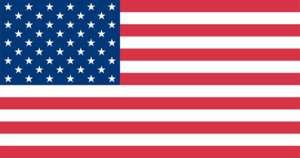“Why is that slave White, if slaves were Black and Brown?” I asked my mother when watching A Escrava Isaura (2004), one of the many dubbed Brazilian novelas she watched. Set in the 1850s, the story-line, to my astonishment, centered on a White slave. My mom explained how the media whitens our narratives to make them more palatable and how people of color are often refused leading roles. This was my first time realizing it is not only some White Americans that “other” people, but these very “others” perpetuate strata of power and privilege within their communities. I understood that even to other Latinos I am “other” because of my skin. Consequently, the history, culture, and geography of Brazil have always interested me. When applying to study abroad programs, Brazil was easily my first choice. I wanted to study race, society, and inequality. I wanted to see how I would fit in.
Almost a bit illusory, I expected to fit in just fine. I thought that in a country where more than half the population identifies as Mixed and Black that I would finally find my place. My expectations were not necessarily met. That is not necessarily a bad thing. I still enjoy Brazil and in many ways do find myself more comfortable here than in the United States. I enjoy being able to deconstruct my experiences. But, I must admit that I have found the pervasiveness of White supremacy here a bit disappointing.
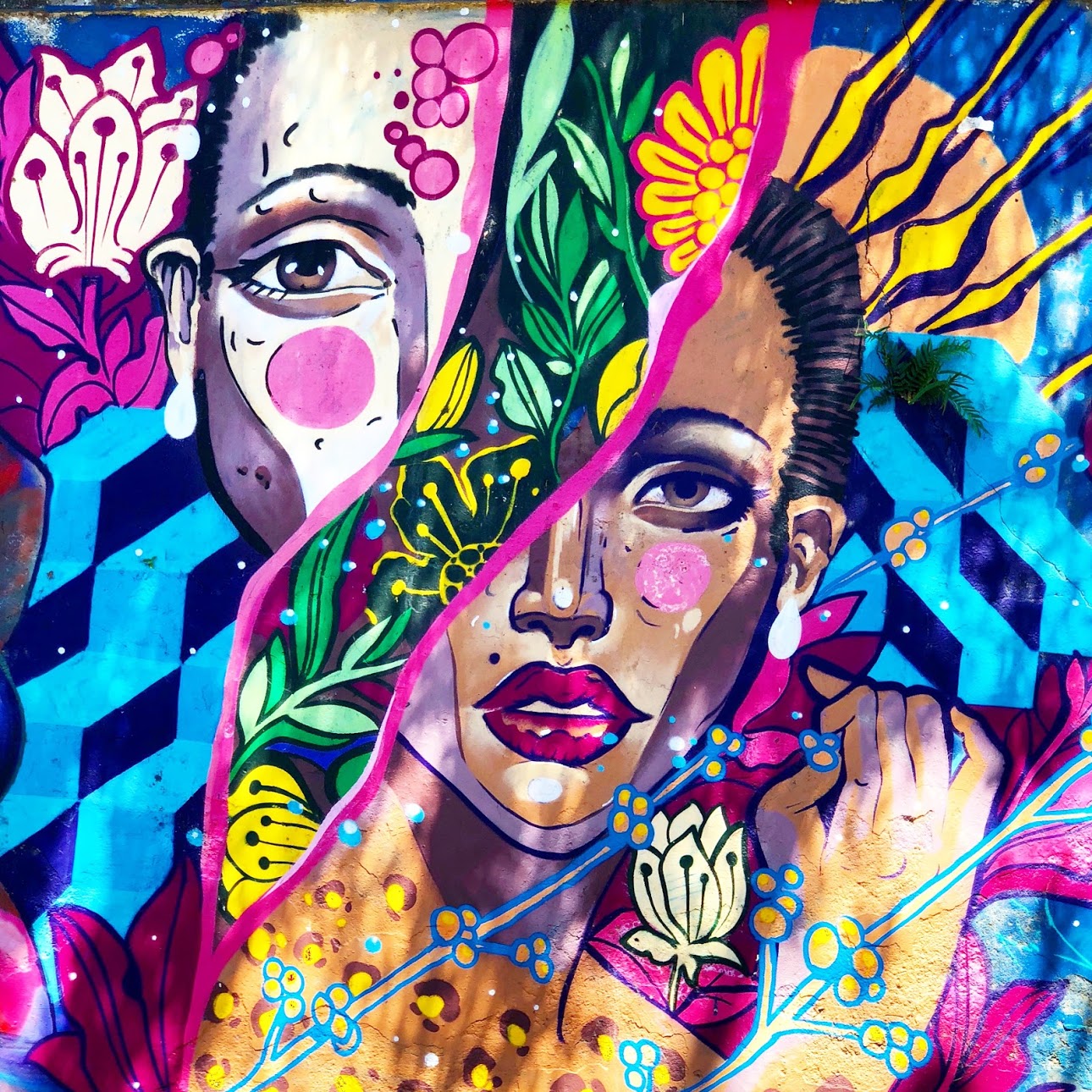
The privileges of White Brazilians first became evident when I boarded the plane that would take me from New York to São Paulo. I was one of the few Brown people on the flight and a majority of the passengers were White. My first impression was that perhaps these individuals were Americans going there for tourism or more likely, business since São Paulo is an international economic center. But I found that a majority of them spoke Portuguese. It was evident that this was a native Portuguese too. There was little accent and additionally, their mannerisms were much more Latin than American.
Upon landing in Brazil and traveling to Perdizes, the neighborhood where I am staying, I again found few Brown and Black people. The only ones I did interact with then and who I continue to see around in the neighborhood are laborers. They sweep the streets or work as cashiers. The school, PUC, is no different. I have predominantly seen White students and my Current Social Issues professor informed me that it was not until Brazil adopted affirmative action policies in the early 2000s that the few Black and Brown students at PUC started to be admitted. The lack of diversity is visible not only amongst students but professors too. This same professor noted the irony that she is White, yet is the person teaching us about the lack of opportunities for non-Whites in Brazil. That is true throughout. There are few Black and Brown higher education professors because of the access to higher education and the teaching market.
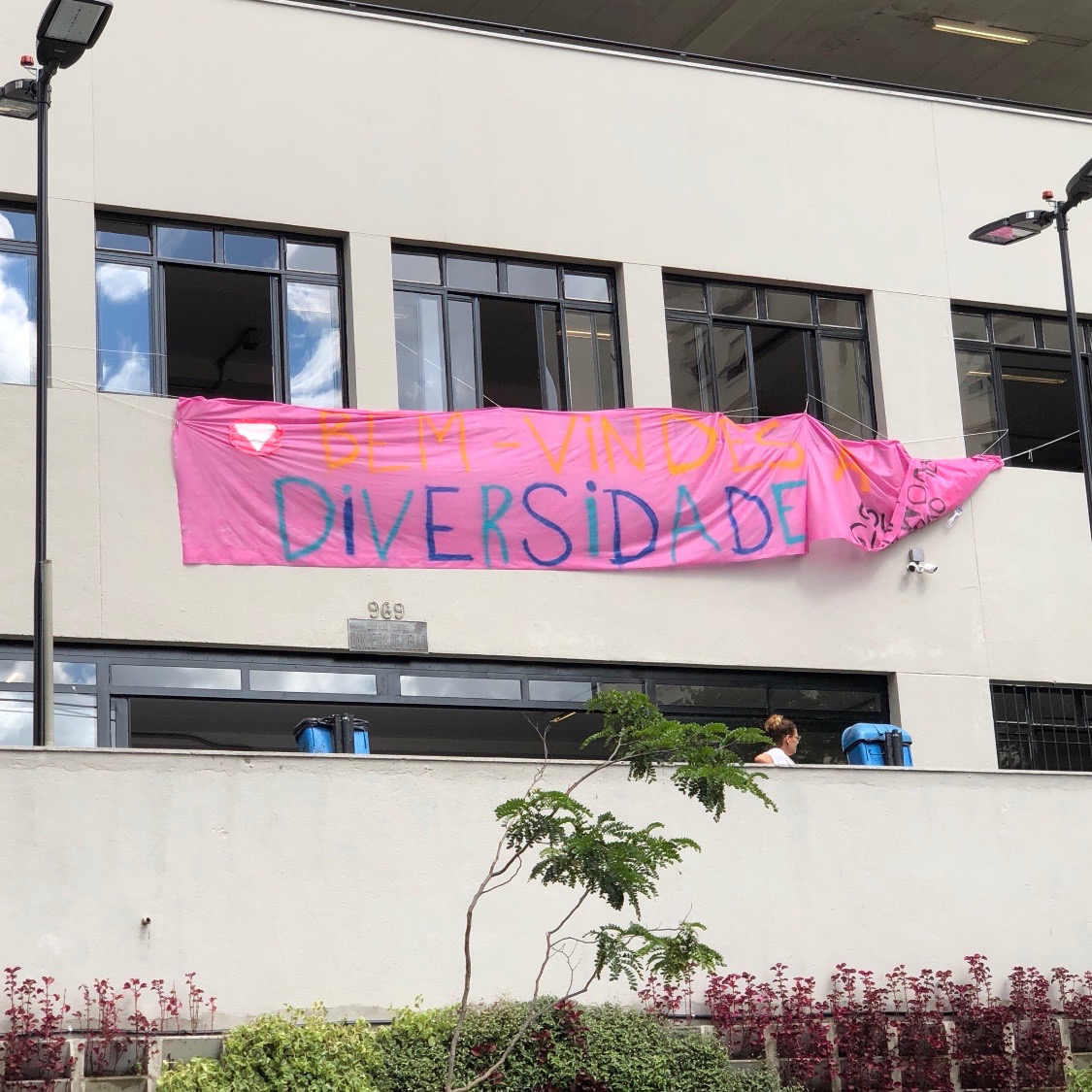
What has aided me in feeling at home is the presence of other Black and Brown American students. Of the 16 students on this trip, 12 of us identify as Black and Brown. We are in similar shoes and the mutual struggle we all know is comforting, it is familiar. Together, we pick up on different social cues and together break down our experiences. All of us came to Brazil already interested in race, so these conversations come to us naturally. They are as daily as Brazil’s bread. Similarly, many of the Brazilian students we live with are Brown and Black. Also, all of them come from city peripheries and this provides them with a more socially conscious perspective which has provided me with a lot of context to what I experience.
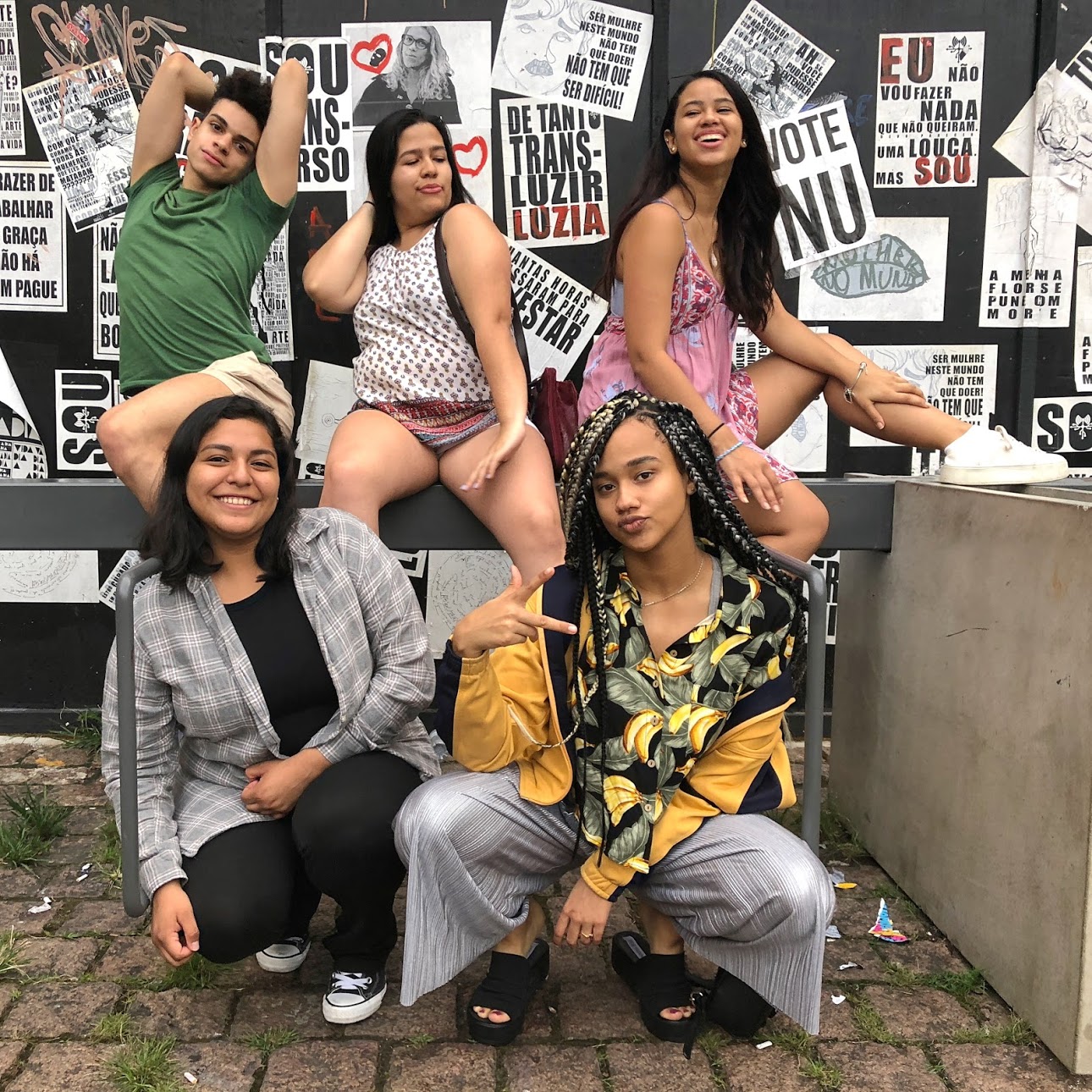
But even though, we are all read as Brown and Black in the United States, how Brazil looks at race has complicated our experiences and they are in no way similar to how they are the United States. We are read differently here. While the United States uses the “one drop rule”, by which if you have any African descendants you are Black, Brazilians use more of a spectrum. In the most recent Brazilian Census, more than 100 racial categories emerged. People categorized themselves as white, pink, yellow, brown, coffee, caramel, black, double black, and a variety of other different colors and descriptions. Because of the existence of this spectrum and the fact that on average Brazilians are darker than Americans, racially we have all shifted. Many of us are considered White in Brazil and processing this has been quite the experience.
In the United States, I nor anyone would really consider me White. But here many people do. One Uber driver in Rio de Janeiro talked to me about how he has found Black Americans to be ruder than White Americans….as if I were not Black? But on the other hand, what I have perceived in going out to bars and clubs, particularly gay ones, is that people like me or like my friends who look like me get overlooked in preference for White people, especially those who seem foreign. In the US it is a lot different because it is people like me who get fetishized and sexualized. What I think this reveals is that here, someone with my skin color can be anything – while in the United States I do not think there would any question. It demonstrates just how arbitrary race is.
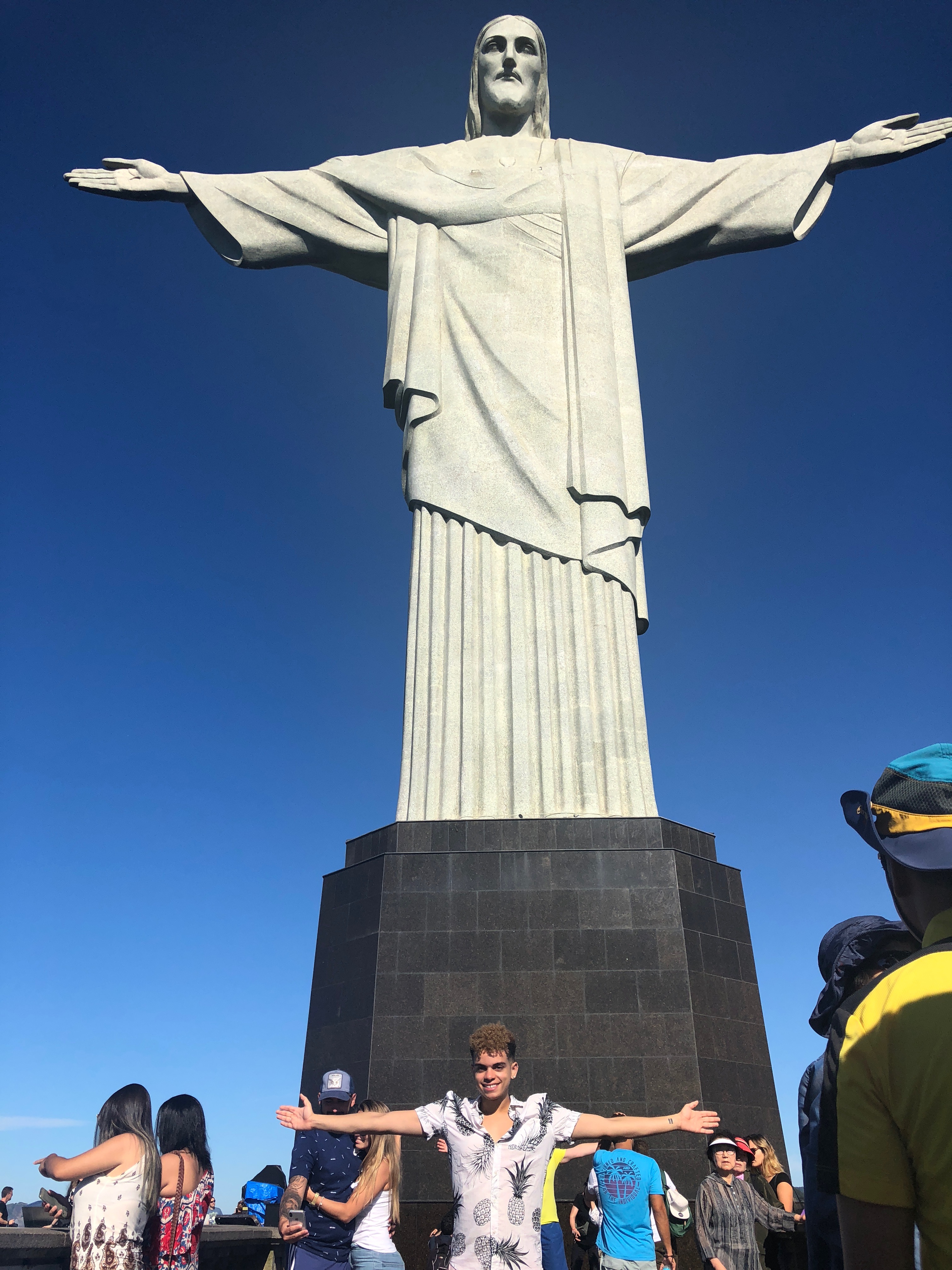
So, I appreciate the spectrum in which race is viewed in Brazil. I think it provides individuals with more agency. Yes, it is possible that some Black and Brown people might use this spectrum to disassociate from their origins, but also where do we draw that line? How can I truly say a Black person is trying to de-Black themselves if there is no definitive definition of what Black is? I am no one to claim that someone is Black or not, especially coming in with my outsider perspective. I find solace in the spectrum because my race has never been so clear to me. Some see me as Black, some as Brown, some as Latino, some as mixed. But I should be the one with the power of dictating how I identify and in Brazil, I have found that power. So, despite some of the other missteps I have found Brazilian society to have regarding race, I have found solace here.
Next week, we will be traveling to Salvador de Bahia, a city where 80% of the population is Black. This is the city where it all started: the slave trade, Brazilian culture, and the nation of Brazil itself. I look forward to seeing how pervasive Afro-Brazilian culture is here. Capoeira (a martial arts dance), Candomble (a religion), Samba (a musical genre), and much of Brazilian cuisine originated here and is still celebrated here. As of now, I am expecting this to be the dominant culture, but I will be on the lookout for the Whitewashing of said culture.
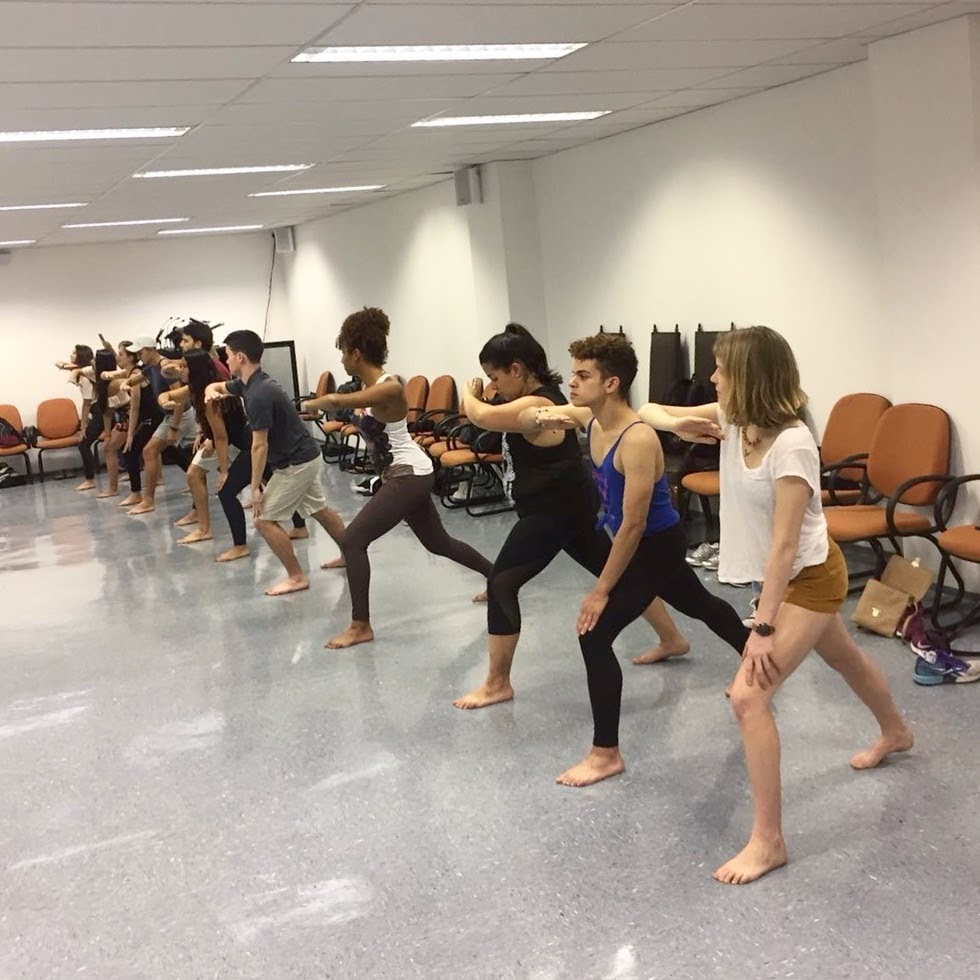
The reduction of Afro-Brazilian culture to its simplest, darkest parts became evident to me when going to an Afro-Brazilian museum in São Paulo. I expected to see contemporary Afro-Brazilian culture celebrated, but the exhibits mainly touched on colonialism and slavery. Yes, these are undoubtedly important, but I think it is necessary to highlight positive contributions too. Especially, considering how much Brazilian culture is Afro-Brazilian culture at its root. But in Brazil, the narrative is solely about the victimization of the Black community which is one I think we see in the United States too with how a lot of Black narratives are prison or slave narratives.
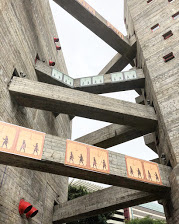
I look forward to discovering more about the culture as told by those at the center of it, not as dictated by White people. Look forward to my next blog regarding Bahia!


